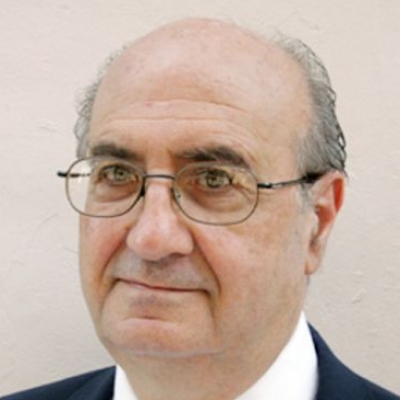Argentina: Who Killed Alberto Nisman?
The federal prosecutor of a 1994 terrorist attack by Hezbollah died in 2015 just after denouncing Argentina’s president for treason.
February 13, 2017
Two years ago, in January 2015, Alberto Nisman, the federal prosecutor who was in charge of investigating the 1994 AMIA (Jewish Mutual Association) terrorist bombing attack in Buenos Aires was found dead in his apartment.
The circumstances of his death were shady and suspicious.
The bombing against the AMIA building occurred in Buenos Aires in July 1994. In the attack, 85 people were killed and hundreds were injured.
It is considered Argentina’s deadliest bombing ever. Those responsible for Nisman’s death and for the AMIA bombing remain unknown.
At the beginning, there were questions as to whether Nisman’s death was a crime or a suicide. Just two days before his death, Nisman had denounced the then Argentine President Cristina Fernández de Kirchner and her Chancellor Héctor Timerman for treason.
Nisman was to present his complaint to the Criminal Law Committee of the Chamber of Deputies just hours after his death.
The memorandum
In 2013, during the presidency of Cristina Kirchner, Argentina and Iran signed a Memorandum of Understanding.
This memorandum agreed to the questioning of Iranians accused by Nisman of complicity in the AMIA bombing, and the establishment of a “Truth Commission” to analyze the evidence related to the Iranians accused of having carried out the attack.
Nisman opposed that memorandum, on the grounds that it “constitutes a wrongful interference of the Executive Branch” in the workings of the judicial system, a move that displeased the Kirchner government.
At the same time, the umbrella organization of Argentina’s Jewish community (Delegation of Asociaciones Israelitas Argentinas) filed a petition to declare the memorandum unconstitutional.
It indicated that there was clear evidence of Iranian involvement in the attack. Ultimately the memorandum was declared unconstitutional by Argentina’s Supreme Court.
A treasonous deal?
Nisman’s accusation against Cristina Kirchner and Héctor Timerman was based on the fact that the pact with Iran also had a provision that guaranteed immunity for the Iranians involved in exchange for oil.
Nisman’s accusation, however fragile and lacking in evidence, was another blow against the struggling Kirchner government.
The news on Nisman’s death was fully covered by the national and international media. The delay for an official explanation and serious investigation fueled speculations of a governmental plot to kill Nisman using the government’s secret services.
A bungled investigation
Further complicating the interpretation of the case were the first videotapes of the crime scene obtained by the police. When they were made public, a group of policemen and civil officials were seen trampling the crime scene and the prosecutor in charge of the investigation treading over a pool of blood.
In the initial confusion, several essential pieces of evidence were contaminated and later destroyed.
The official coroner examination of the dead body has been seriously questioned by forensic experts hired by the Nisman family, who affirmed that the evidence that could be observed on the tapes of the autopsy clearly showed that Nisman had been murdered.
Days after Nisman’s death, the accusation against the Cristina Kirchner government was quickly archived. However, several appeals of that decision by other prosecutors ended in ordering the reopening of the case and an investigation of Nisman’s original denunciation.
In December 2016, federal prosecutor Eduardo Taiano formally denounced former Security Secretary Sergio Berni and former prosecutor Viviana Fein for irregularities in withholding evidence of wrongdoing in the apartment where Nisman died.
In addition, they were accused of obstructing the work of the justice system in the investigation of the case.
Open wounds and insecurity
The cause and the perpetrators of Nisman’s death, as well as who are those responsible for the attacks against AMIA are open wounds in Argentine society.
It is inconceivable that with modern methods of criminal investigation, the death of the prosecutor is still giving rise to interpretations as diverse as those offered by the different experts in the case.
Among the problems inherited by President Mauricio Macri from Cristina Kirchner’s government are a deficient, slow and inoperative justice system and police forces. This creates a persistent feeling of insecurity in the population.
Nisman’s death and decades of inactivity about the AMIA case cannot be solved in weeks, but it is important for Argentina’s judicial system to take more decisive steps in this regard.
This article has been co-authored by Alberto Luis Zuppi, an attorney at law and a former representative of the victims of the AMIA case.
Takeaways
Bungled investigation of Alberto Nisman’s death highlights Argentina’s ongoing police incompetence.
The federal prosecutor of a 1994 terrorist attack by Hezbollah died in 2015 just after denouncing Argentina’s president for treason.
Nisman had accused Cristina Kirchner’s government of trading terrorism immunity for Iranian oil.
